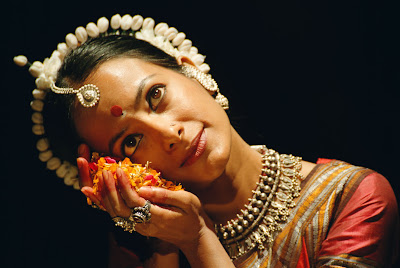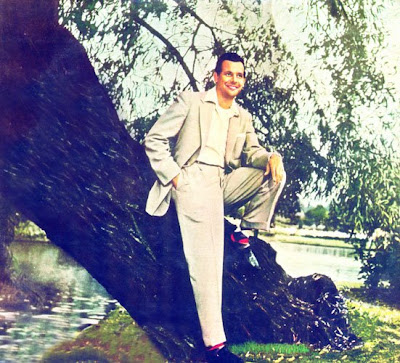Dialogue with divinity

Dance Routes’ choreographic works include pieces meant for performance as well as films
By Mathures Paul
Rekha Tandon, one of the foremost exponents of the Odissi, established Dance Routes in 1997 with help from Michael Weston, a musician and film-maker, for experimentation, research and education in Indian classical dance. She was initially under the guidance of SN Jena, and subsequently under Shrimati Madhavi Mudgal, Guru Trinath Maharana and Guru Kelucharan Mohapatra. Tandon was part of Madhavi Mudgal’s dance company between 1985 and 1992.
Dance Routes’ choreographic works have included pieces created for both performance and film, using multicultural literary and musical resources, which retain the criteria of dance being used as a means of dialogue with divinity. Educational initiatives have included workshops both in the UK and India that explore the relationship between dance, yoga and the cultural environments that nurtured these classical traditions.
Dhara, one of her recent productions, has enjoyed a good press. The mixed-media production uses Odissi, folk performing traditions and indigenous murals and pattachitra. Its aim was to demonstrate how rural artistes, when given supplementary training and a professional presentation, could successfully compete with classical urban artistes on the metropolitan stage.
Tandon, who has a PhD in Dance Studies from Laban in London, a Master’s degree in Art History from the National Museum Institute New Delhi, and a Bachelor’s degree from the School of Planning and Architecture, New Delhi, speaks to The Statesman.
The concept behind Dhara?
Dhara emerged and acquired shape organically. It started with workshops in the village of Raghurajpur near Puri, with little gotipua children whom I was playing with, teaching yoga to, so that they would do their acrobatics with more control, and devising simple Odissi movements for. The final production grew from these early sessions, slowly getting more layered, theatrical and sophisticated.
Since the formation of Dhara, what has been some of its achievements?
On a human level, quite indescribable. Village boys sat on a plane, went abroad, saw a completely new world and were hugely feted. They returned as heroes and were welcomed at the railway station by their village with garlands.
On a socio-economic level, Dhara-like work provides a means for older boys from the gotipua tradition to be successful (stunning!) dancers on the metropolitan stage as adults. We have had a wonderful reception everywhere we have performed, both abroad and in India, and are now hoping we will have an economically viable dance company which will allow many such village kids to be professional dancers.
Personally as an artist, this project has been hugely rewarding. These boys have such a lovely, earthy personality, and incredible strength and flexibility. We have been able to teach classical movements, and they have worked hard. This combination allows so much possibility for choreography.
What prompted you to combine pattachitra, Odissi and murals under one umbrella?
The pattachitra painters and gotipua dancers all live cheek by jowl in a village like Raghurajpur. Many of my dancers come from pattachitra families. It seemed such a natural combination to me, I find it surprising nobody has done it before. (Visit www.danceroutes. com Training section, for Raghurajpur Lila project Details)
In this project how are responsibilities divided amongst Michael Weston and yourself?
Michael is musical director, audio-visual creator, stage manager, multipurpose office, critical aesthetic eye and Silent Saint, behind it all! I do the dance training and choreography.
Spirituality and life ~ how closely these two factors work and inspire Dance Routes projects?
Very closely. Our work would not be worth doing otherwise.
In these troubled times what role should Indian classical musicians/ dancers and artists play?
I think Indian classical music/dance work that crosses cultural boundaries by using religious/ poetic text from different traditions; can be very therapeutic in bringing religiously divided communities together. This is something Indian art forms and artists are uniquely well equipped to do since they have such a long history of dealing with spirituality.


Comments